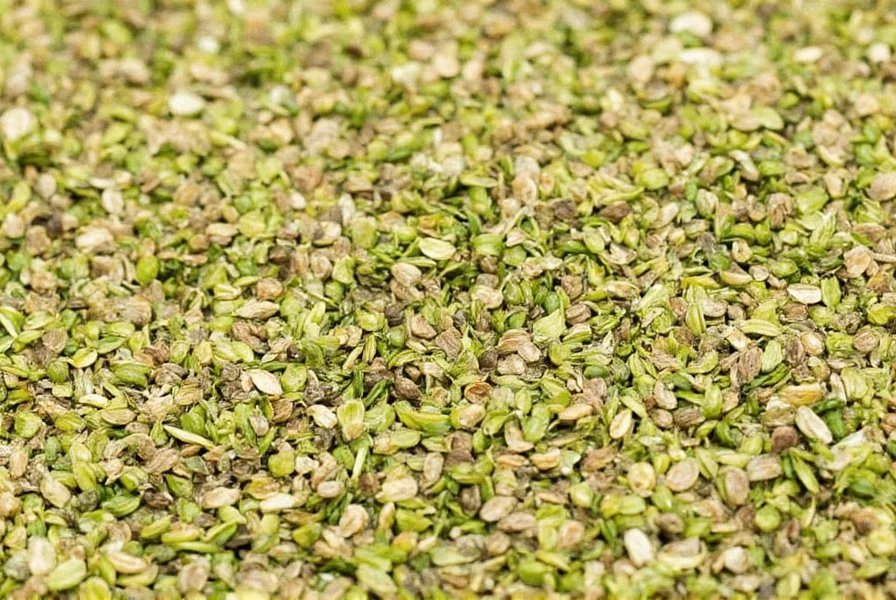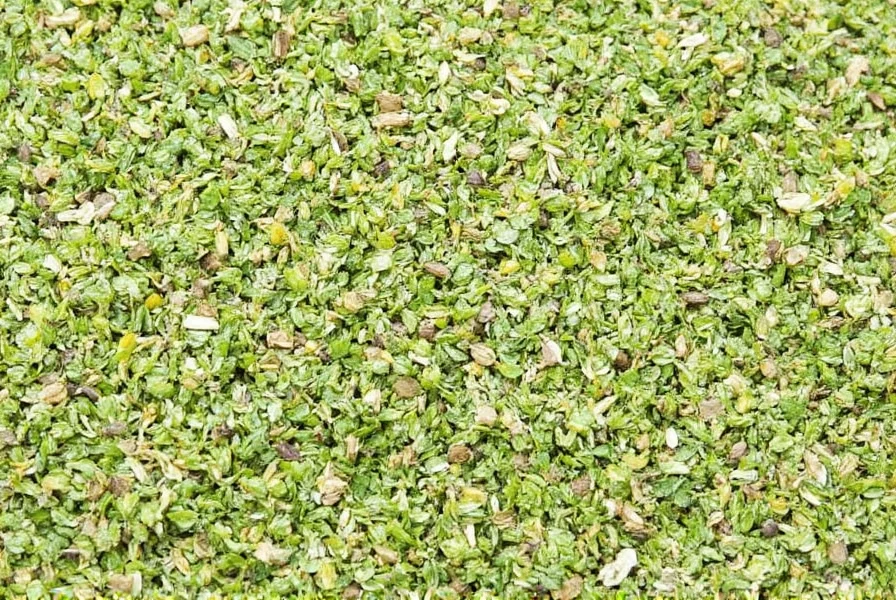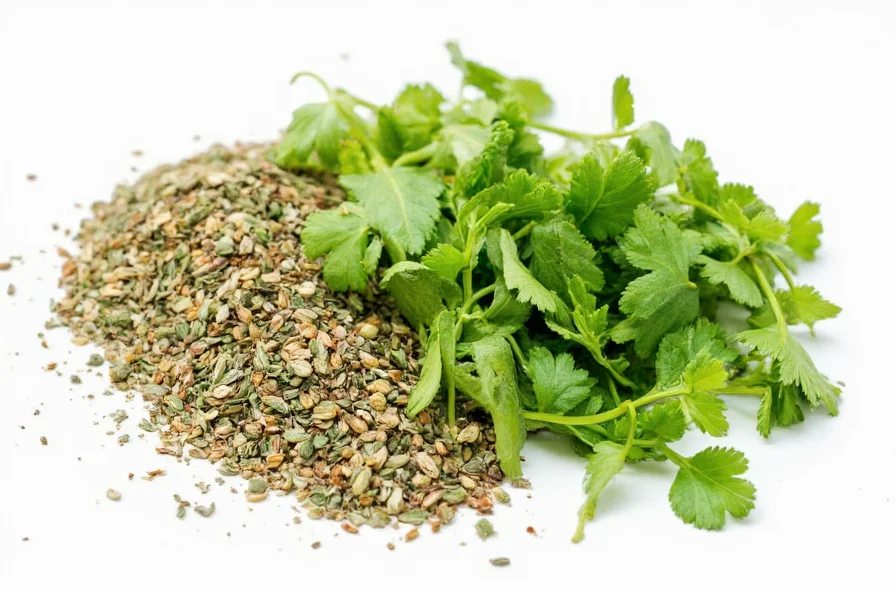The best substitutes for fresh coriander (cilantro) are flat-leaf parsley combined with a touch of mint or basil, culantro for similar flavor profile, or a blend of dill and tarragon for specific recipes. For dried coriander powder, cumin or caraway seeds (used at half the quantity) work effectively as alternatives in spice blends and curries.
When you're in the middle of cooking and realize you've run out of coriander, knowing reliable substitutes can save your recipe. Whether you need fresh cilantro for garnishing or dried coriander powder for seasoning, understanding appropriate alternatives maintains flavor integrity without compromising your dish. This comprehensive guide explores practical substitutions backed by culinary expertise, helping home cooks navigate ingredient shortages while preserving authentic taste profiles.
Understanding Coriander Varieties and Their Roles
Before exploring substitutions, it's essential to distinguish between fresh coriander (cilantro) and dried coriander seeds/powder, as they serve different culinary purposes:
| Type | Flavor Profile | Common Uses |
|---|---|---|
| Fresh coriander (cilantro) | Bright, citrusy, slightly peppery | Garnishing, salsas, chutneys, Southeast Asian and Latin American dishes |
| Dried coriander seeds/powder | Warm, nutty, citrus undertones | Curry blends, spice rubs, baked goods, Middle Eastern and Indian cuisine |
Confusing these two forms leads to unsatisfactory substitutions. Many cooks mistakenly treat them interchangeably, but their flavor compounds differ significantly. This distinction guides effective substitution strategies for each variety.
Best Substitutes for Fresh Coriander (Cilantro)
Finding adequate replacements for fresh coriander requires matching both flavor profile and texture. The ideal cilantro substitute depends on your specific recipe and regional cuisine.
Parsley and Mint Combination
For most Western and Mexican dishes, a 3:1 ratio of flat-leaf parsley to fresh mint provides the closest approximation. The parsley offers similar visual appeal and mild bitterness, while mint contributes the missing citrus notes. This combination works particularly well in:
- Salsas and pico de gallo
- Fresh herb salads
- Garnishing grilled meats

Culantro (Recao or Sawtooth Coriander)
Culantro shares coriander's distinctive flavor profile but has a stronger, more persistent taste. Use at half the quantity of cilantro. This substitute excels in:
- Caribbean and Latin American dishes
- Soups and stews requiring longer cooking times
- When you need the flavor to withstand heat
Dill and Tarragon Blend
For Mediterranean and Middle Eastern recipes, a 2:1 ratio of dill to tarragon mimics coriander's citrus notes while adding complementary herbal complexity. This works best in:
- Tzatziki and yogurt-based sauces
- Fish and seafood preparations
- Rice pilafs and grain salads
Effective Substitutes for Dried Coriander
Dried coriander substitutions require understanding spice chemistry, as the toasting process transforms its flavor compounds.
Cumin as Primary Alternative
Cumin provides the earthy warmth of coriander with added smokiness. Use at 50-75% of the coriander quantity to prevent overpowering your dish. This works particularly well in:
- Curry powders and garam masala blends
- Meat rubs and marinades
- Bean and lentil dishes
Caraway Seeds for European Dishes
Caraway offers similar citrus undertones with more pronounced anise notes. Grind fresh and use at half the coriander quantity. Ideal for:
- German and Eastern European breads
- Beef stews and braises
- Cabbage-based dishes
Regional Substitution Strategies
Culinary traditions worldwide have developed context-specific alternatives when coriander isn't available:
Mexican Cuisine Adaptations
In authentic Mexican cooking where cilantro is essential, epazote serves as a traditional alternative in bean dishes, while hoja santa works in moles. For everyday cooking, a squeeze of lime juice over regular parsley enhances the missing citrus element.
Asian Recipe Modifications
For Thai and Vietnamese dishes, Thai basil provides similar freshness with added licorice notes. In Indian cooking, a pinch of amchur (dried mango powder) can replicate coriander's citrus notes in spice blends.
What Not to Use as Coriander Substitutes
Certain common suggestions create disappointing results:
- Dried cilantro - Loses virtually all distinctive flavor when dried
- Cilantro stems alone - Too fibrous and lack leaf complexity
- Coriander seeds instead of fresh - Completely different flavor profile
- Regular mint alone - Overpowers with menthol notes
Practical Substitution Guidelines
Follow these evidence-based principles for successful coriander replacement:
- Adjust quantities - Most substitutes require less than the original coriander amount
- Consider cooking time - Add delicate substitutes like parsley at the end of cooking
- Balance acidity - A squeeze of citrus often compensates for missing flavor dimensions
- Texture matters - Finely chop substitutes to match coriander's delicate leaf structure
Professional chefs recommend tasting as you go when substituting, adjusting other seasonings to maintain flavor balance. Remember that no substitute perfectly replicates coriander's unique profile, but these alternatives preserve your dish's integrity when coriander isn't available.

Building Your Culinary Adaptability
Understanding ingredient substitutions develops essential cooking intuition. Rather than viewing substitutions as compromises, consider them opportunities to explore flavor variations within culinary traditions. The most skilled home cooks develop mental flavor maps connecting ingredients across cuisines, allowing creative adaptation while respecting dish authenticity.











 浙公网安备
33010002000092号
浙公网安备
33010002000092号 浙B2-20120091-4
浙B2-20120091-4